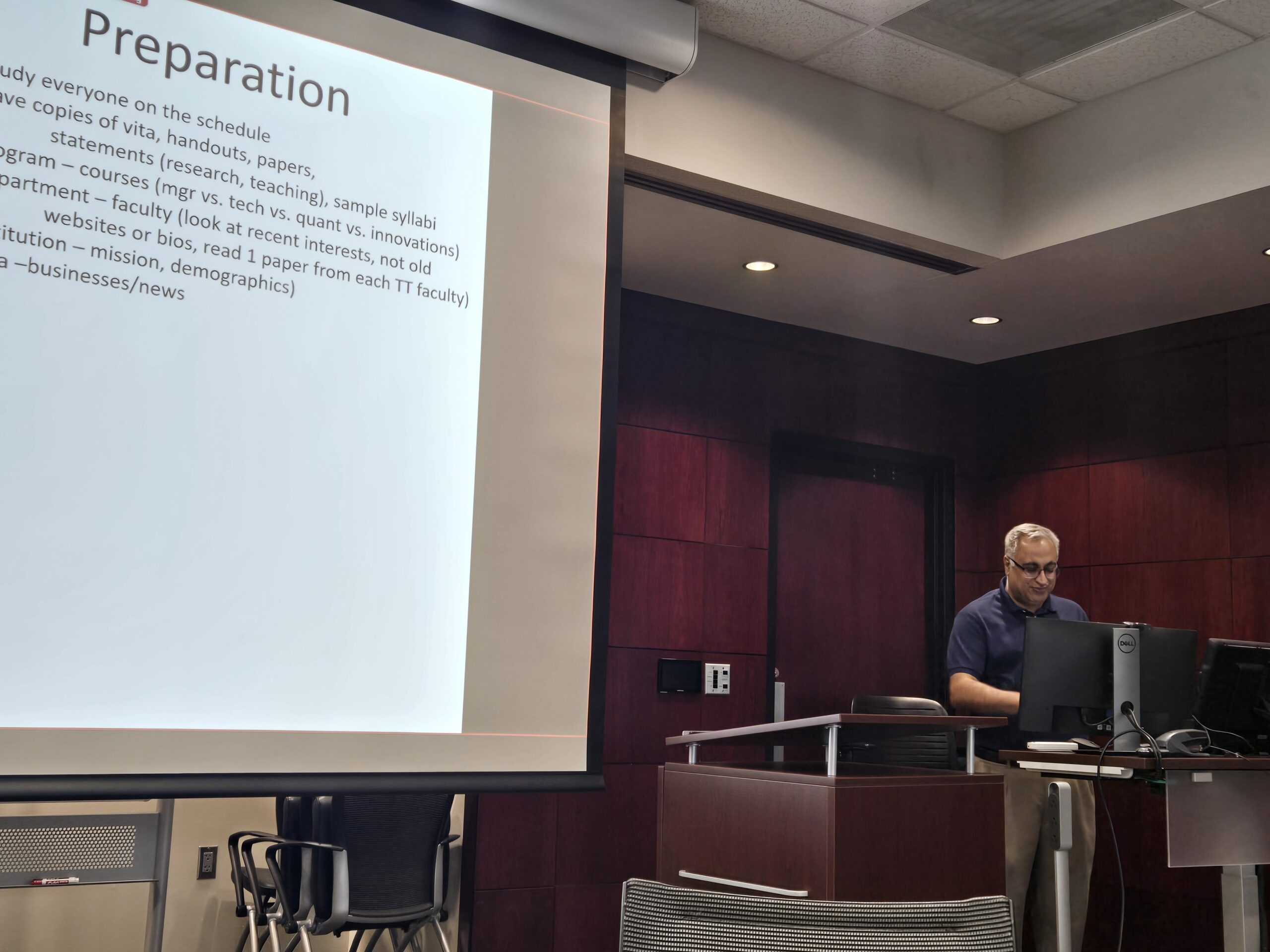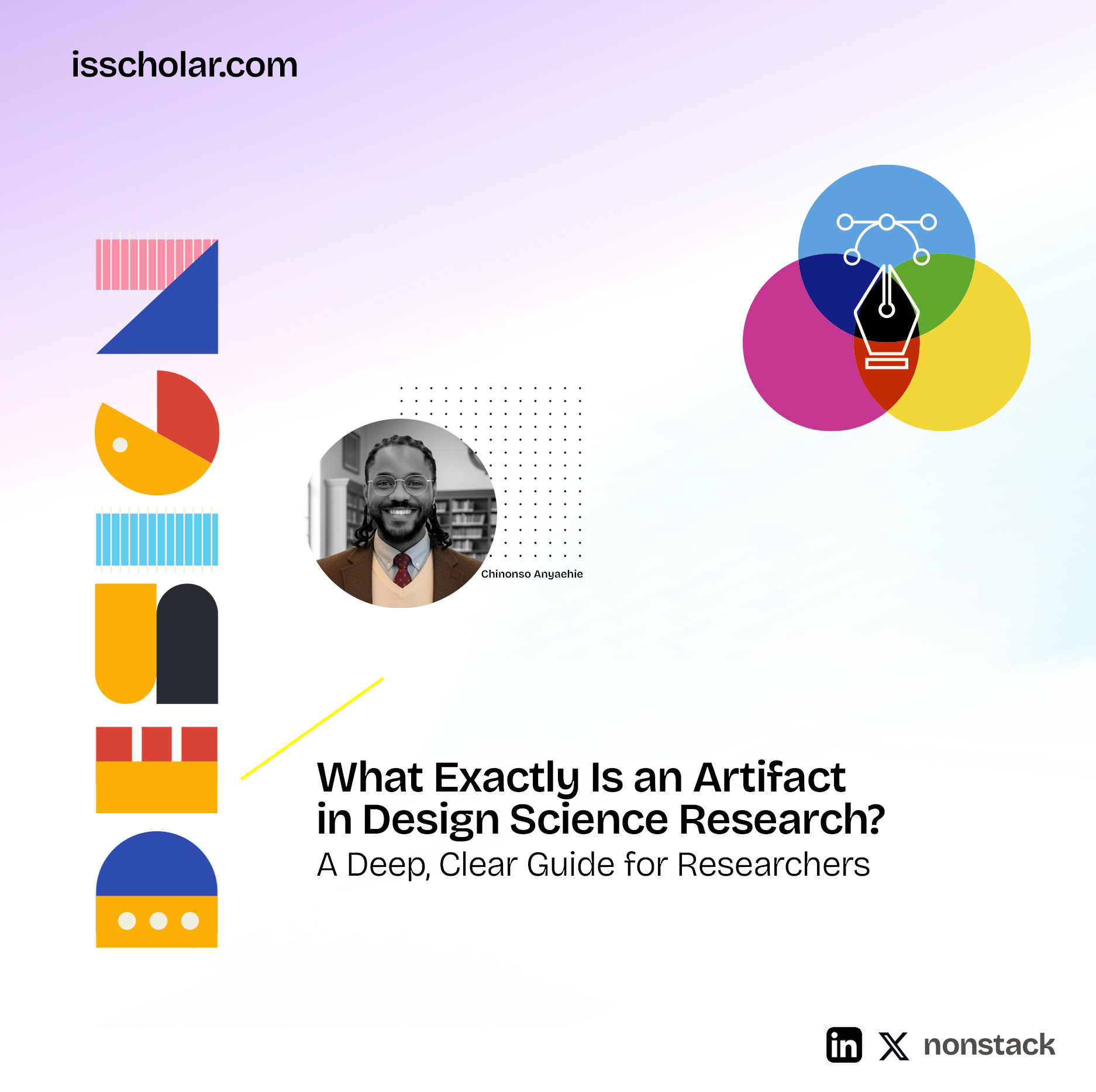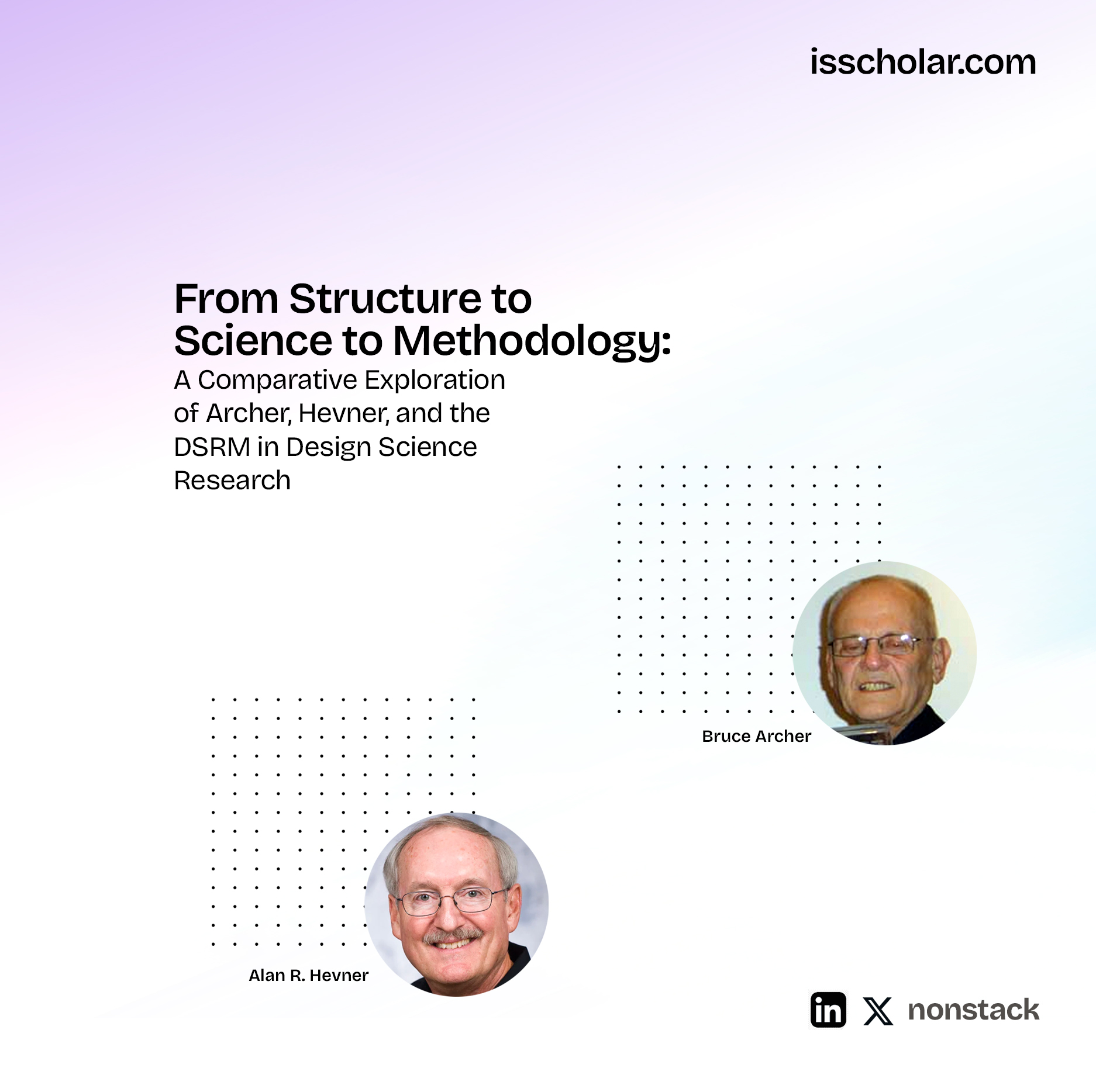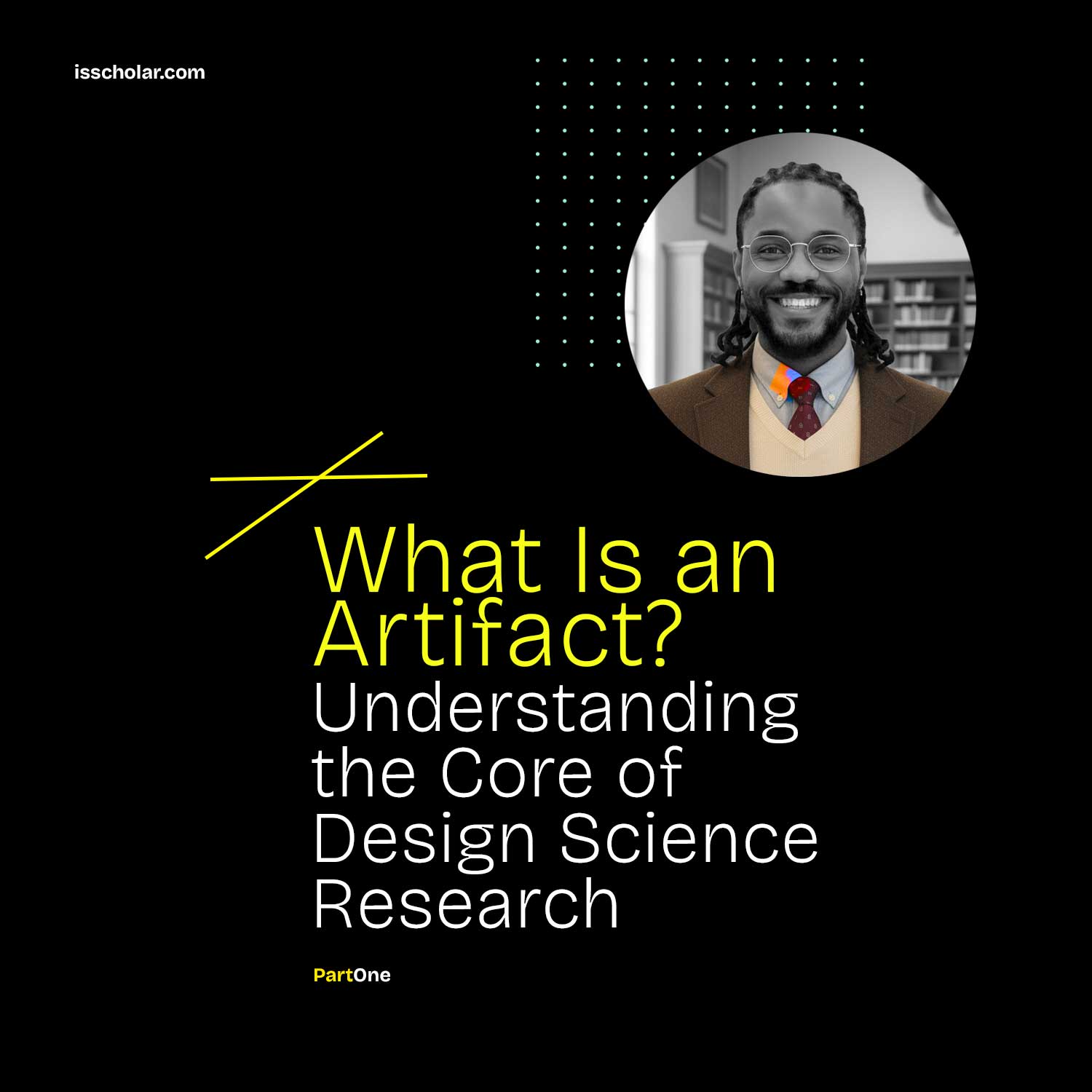Introduction
Shirley Gregor’s seminal article addresses a fundamental question in the Information Systems (IS) discipline: What constitutes a theory in IS? Despite the frequent use of the term “theory” in IS research, there’s a lack of consensus on its definition and application. Gregor argues that a singular view of theory is inadequate for the multifaceted nature of IS. To address this, she proposes a five-type taxonomy to classify different approaches to theory-building, emphasizing that recognizing and valuing all types is crucial for the advancement of the field.
Main Themes and Elaborations
- Multiple Views of Theory Exist in IS
- Lack of Unified Understanding
- IS is an interdisciplinary field that integrates technology, people, and organizations. This complexity leads to varied interpretations of what a theory should encompass.
- Researchers often assume a shared understanding of “theory,” but in practice, they operate with different implicit definitions.
- Consequences of Ambiguity
- The absence of explicit definitions hampers effective communication and collaboration among researchers.
- It can lead to undervaluing certain types of research contributions that don’t fit a narrow view of theory.
- Gregor’s Observation
- “Many IS researchers who use the word theory repeatedly in their work fail to give any explicit definition of their own view of theory.”
- This highlights the need for clarity to strengthen the theoretical foundations of IS.
- Lack of Unified Understanding
- A Five-Type Taxonomy of IS TheoryGregor introduces a taxonomy that categorizes theories based on their primary goals and characteristics. This framework acknowledges the diversity of research approaches in IS.
- Type I: Theory for Analyzing
- Descriptive Nature
- Focuses on describing and categorizing phenomena without explaining causal relationships.
- Provides frameworks to organize knowledge, such as classifications, taxonomies, or conceptual models.
- Example
- A taxonomy of e-commerce business models that categorizes different approaches without predicting their success.
- Descriptive Nature
- Type II: Theory for Explaining
- Understanding ‘How’ and ‘Why’
- Seeks to explain underlying mechanisms and reasons behind observed phenomena.
- Often employs qualitative methods like case studies or ethnography.
- Limitation
- Does not primarily aim to predict future occurrences.
- Example
- A study explaining why users resist adopting a new information system based on cultural factors.
- Understanding ‘How’ and ‘Why’
- Type III: Theory for Predicting
- Focus on Prediction
- Aims to forecast future events based on identified patterns.
- Relies on statistical correlations and trends.
- Limitation
- May not provide deep insights into underlying causes.
- Example
- Predicting system downtime based on historical usage data.
- Focus on Prediction
- Type IV: Theory for Explaining and Predicting (EP Theory)
- Comprehensive Approach
- Combines the explanatory power of Type II with the predictive capabilities of Type III.
- Seeks to understand causality and use that understanding to make predictions.
- Example
- The Technology Acceptance Model (TAM), which explains and predicts user acceptance of technology.
- Comprehensive Approach
- Type V: Theory for Design and Action
- Prescriptive Orientation
- Provides guidelines and principles for creating artifacts or interventions.
- Closely linked to the “sciences of the artificial,” focusing on human-made systems.
- Example
- Developing a methodology for implementing enterprise resource planning (ERP) systems successfully.
- Prescriptive Orientation
- Type I: Theory for Analyzing
- Importance of All Theory Types
- Complementary Roles
- Each theory type addresses different research needs and questions.
- Together, they contribute to a holistic understanding of IS phenomena.
- Avoiding Dismissal of Certain Types
- Neglecting any theory type can limit the field’s growth and relevance.
- Emphasizing only predictive or explanatory theories overlooks valuable descriptive and design-oriented research.
- Gregor’s Emphasis
- “Each class of theory can provide important and valuable contributions.”
- Recognizes that diversity in theoretical approaches enriches the discipline.
- Complementary Roles
- The Uniqueness of IS Theory
- Interdisciplinary Nature
- IS intersects with natural sciences (technology), social sciences (human behavior), and design sciences (artifacts).
- This intersection creates unique challenges and opportunities for theory development.
- Distinctive Character
- The combination of all five theory types gives IS a unique identity among academic disciplines.
- It allows for comprehensive theories that address technical, human, and organizational aspects.
- Gregor’s Assertion
- “It appears the mix of theory types in which IS has a strong interest gives us a distinctive character. The strong theory that we can aim at, which includes all five theory types, will be a unique product of IS.”
- Suggests that embracing this diversity can lead to robust and impactful theories.
- Interdisciplinary Nature
- Call for Clarity and Further Research
- Need for Explicit Definitions
- Researchers should clearly state their theoretical perspectives and the type of theory they are developing.
- This transparency enhances understanding and allows for critical evaluation.
- Further Exploration
- Encourages investigation into how different theory types relate and can be integrated.
- Calls for research on the specific characteristics and methodologies appropriate for each type.
- Terminology and Communication
- Using consistent terminology helps build a cohesive body of knowledge.
- Facilitates collaboration across different research paradigms.
- Gregor’s Recommendation
- “Stronger and fuller theory can result if we regard our efforts in building one type of theory as part of a larger whole and remain aware of potential connections between the subparts.”
- Promotes the idea of integrating insights from various theory types for comprehensive understanding.
- Need for Explicit Definitions
Additional Insights
- Implications for IS Research
- Holistic Development
- Recognizing all theory types encourages a more holistic approach to research.
- Enables the field to address complex, real-world problems effectively.
- Methodological Diversity
- Supports the use of diverse research methods, from quantitative modeling to qualitative analysis and design science.
- Holistic Development
- Practical Applications
- For Practitioners
- Understanding different theory types helps practitioners apply research findings more effectively.
- Design and action theories provide direct guidance for system development and implementation.
- For Educators
- Curriculum development can incorporate all theory types to prepare students for the multifaceted nature of IS work.
- Encourages critical thinking about the role and purpose of theory in professional practice.
- For Practitioners
- Challenges and Considerations
- Balancing Rigor and Relevance
- Researchers must ensure that their theoretical contributions are both academically rigorous and practically relevant.
- Balancing these aspects can enhance the impact of IS research.
- Navigating Interdisciplinarity
- Combining insights from different disciplines requires careful consideration to maintain coherence.
- Interdisciplinary collaboration can enrich theory development but may also present communication challenges.
- Balancing Rigor and Relevance
Conclusion
Shirley Gregor’s article makes a significant contribution by clarifying the nature of theory in Information Systems. By proposing a five-type taxonomy, she provides a framework that accommodates the field’s complexity and diversity. Recognizing and valuing all types of theories enhances the discipline’s ability to develop robust, comprehensive, and applicable knowledge.
This approach encourages researchers to:
- Be explicit about their theoretical perspectives.
- Appreciate the contributions of different theory types.
- Seek integration and collaboration across theoretical approaches.
By embracing this comprehensive view of theory, the IS field can advance in both its academic rigor and practical relevance, ultimately leading to more impactful research and better-designed information systems.










Leave a Reply